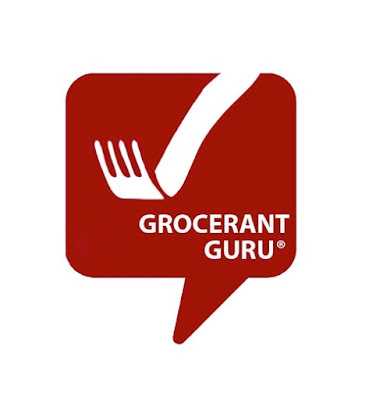Consumers are
dynamic not static. Chain restaurants continue to look for ways to reduce cost
and drive up profits while providing an incremental service, specifically for
time-starved consumers seemingly always on the run according to Steven Johnson, Grocerant
Guru® at Tacoma, WA based Foodservice
Solutions®.
Today remote service
models are a proactive tool used my marketers to reduce menu ticket time, ordering
times, and wait times according to Johnson and a success clue for 2021. Technology is the platform of choice for
remote services models, these are connectivity and limited data sharing, proactive
service models, next to connectivity, more extensive data sharing and an
intelligent correlation engine are needed.
Think about
restaurant technology the way consumers do.
When asked if they wanted to cook dinner from scratch or assemble dinner
from fresh meal components 91.1 % of Gen Z chose assemble from Fresh Prepared
Meal Components and Millennials 83.6 chose meal components. So, getting the
order, in and out the door is much the same.
Today, it simply needs to be driven more by technology then people.
Think about it, by
removing the buffer of the store associate, when a system failure occurs it
will be first discovered by the consumer, which creates a tremendous loss of
trust in the solution itself. So, self-service consumer journeys must be always
available nonstop, full stop.
That said its
easier said than done, since retailers are usually working with a diverse set
of hardware and software solutions—typically provided by a wide array of
disparate technology vendors. This leads to complexities in managing the
end-to-end solution.
For international
retailer’s operations, the puzzle is even more complicated: How to create
operational standards on a multi-national scale while ensuring the swift
delivery of local support services that truly understand the solutions?
According to a recent survey Nielsen1, “73% of
shoppers are very interested in—or already use—some sort of solution to call a
staff member directly to the shelf where they need help. When asked about
annoying shopping experiences like waiting in a queue or finding an item
out-of-stock, 77% of shoppers indicated they would prefer to self-scan their
items, and 78% would like to be able to check item availability online before
going to the store.”
In order to meet
their clientele’s requirements, retailers need to support and implement
solutions that put the consumer in control. In this respect it is worthwhile to
mention that, in response to the COVID-19 pandemic many store owners
have—almost overnight—implemented various self-service measures to reduce
interactions between shoppers and staff.
Think about
contactless payments, self-scanning items in store, online ordering, or
curb-side pickups; all are examples of low-touch ways to conduct shopping that
are suddenly being used by large groups of consumers. It is likely that many of
these measures were originally meant for temporary use, but will actually
remain in place, because they are more efficient, and because they increase the
shoppers’ overall in-store experience. What will your business platform look
like next year? Will you look more like you did in 2018 or will you be looking
a customer ahead? Partnerships matter.
Looking for
success clues of your own? Foodservice Solutions® specializes in
outsourced food marketing and business development ideations. We can help you
identify, quantify and qualify additional food retail segment opportunities,
technology, or a new menu product segment. Foodservice Solutions® of Tacoma WA is the global leader in the Grocerant niche visit
us on our social media sites by clicking one of the following links: Facebook, LinkedIn, or Twitter






No comments:
Post a Comment